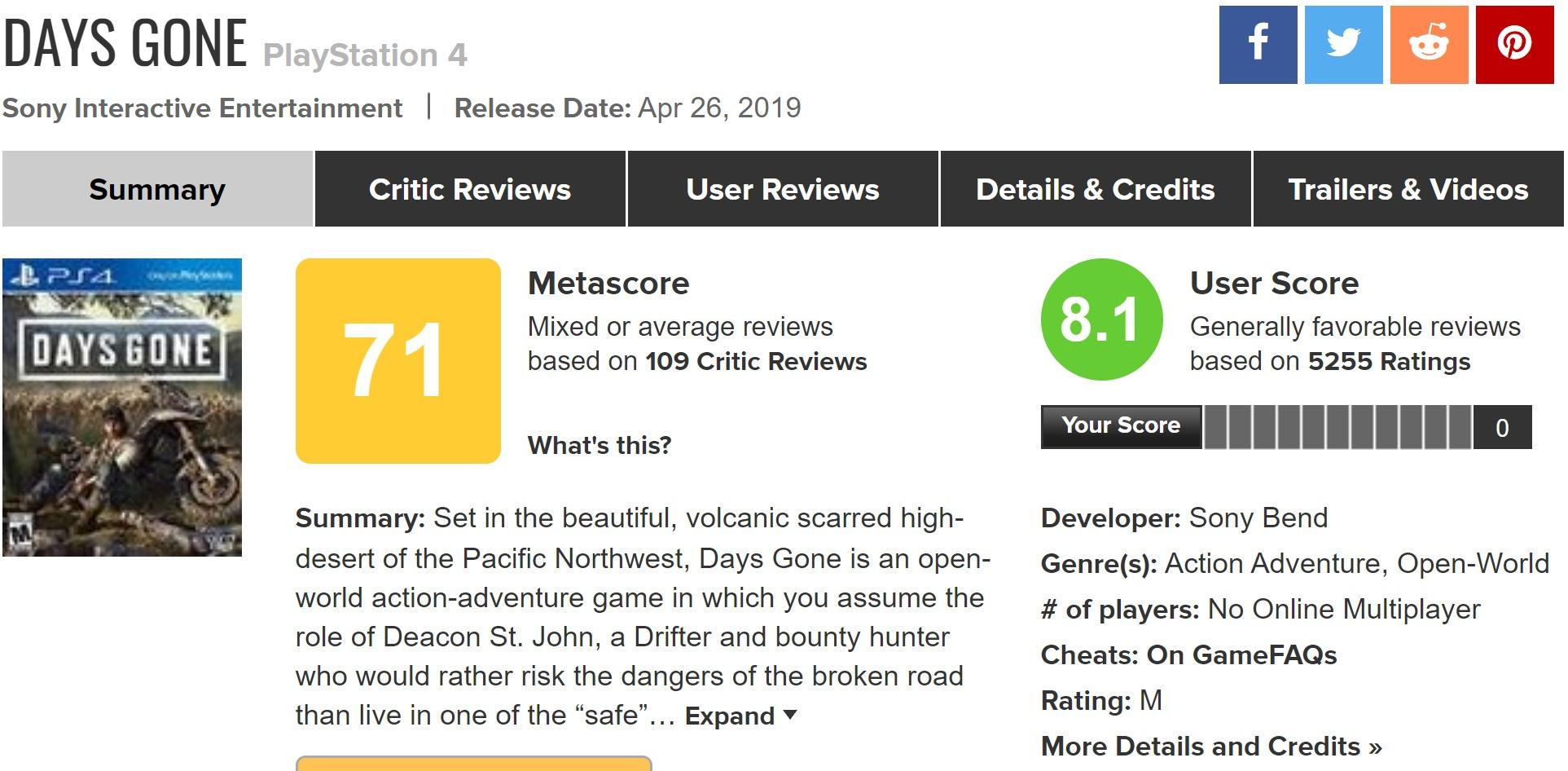I think at least SOME of the issues with people acknowledging the GitHub data is that some others have tried to tie that into the suggestion that Sony somehow panicked and had to up the clocks in an vain, pathetic attempt to catch up to Microsoft. So they don't want to acknowledge GitHub for that reason.
Bottom line, it's HIGHLY unlikely that there was any panic. The PS5 seems to have been designed around a certain philosophy and lower costs by using smaller die and fewer CU's but clocked high and cooled, is a strategy. Some may not agree with it, but it's far more likely than just some slapdash engineering and planning on the part of a company that has been making consumer electronics for DECADES very successfully. Acknowledging that GitHub was showing earlier tests on the PS5 chips has NOTHING to do with what Sony planned or what their strategy was.
IMHO that's what the denial of GitHub is about. Maybe not. Just seems to me a bit of a defensive reaction to some of the more strident Xbox fans.

This is a good point. My issue with people who reacted that way, though, is...why would they let
other people sway their own
individual logical conclusions?
I know there were people using Github in a negative way towards PS5 to say BS such as it didn't have hardware RT, but that didn't stop me from brushing off that type of speculation because I
knew that wasn't necessarily what the
data was saying, just people with their own agenda
interpreting data that was malleable enough to be warped into said agenda. Why should I blame the data for people using it irresponsibly?
As for PS5 clock, well,....we don't know when they shifted to 2.23 GHz, but it definitely had to have been after June 2019, and after Oberon B0, because the first two Oberon revisions were 2 GHz. Cerny even said in his presentation they "had trouble" hitting their performance targets with fixed frequency strategy, and they would not have been able to go with variable frequency without getting to an RDNA2 chip (Oberon) to test, using Smartshift as part of that strategy. Something that, of course, they could've been planning for a long time ago knowing the roadmap and getting estimates on PPW gains in RDNA2.
However, just the fact Cerny says they were having issues hitting the targets on fixed frequency strategy, makes me think they might've still been planning for a fixed frequency strategy even after they got Oberon in, and using Smartshift more passively and (possibly) a lighter cooling system to help see if hitting the high GPU clocks would be possible that way. For what they wanted, it wasn't, so they probably decided to shift to variable frequency strategy afterwards.
I probably shouldn't say "decided" in this context; I don't want it to seem like they only figured to do it half a year or so ago. They probably had been considering it as a 'B-plan' for a good while, before even getting the Ariel chips tbh, and considered the possibilities of rolling with it if needed. But it may've been a "B-plan" because it would require more costs to the cooling, and there's already been some reports on cooling being a pretty notable cost component to PS5's BOM (Cerny even told DF that when the teardown comes, people will be impressed with the cooling, but the need to mention that at all suggests the cooling could be a bit extravagant aka costly).
Seeing as how they've already gone with 14 Gbps chips likely because the Japanese side wanted to keep costs down, I'd assume the decision to go variable frequency was out of necessity to hit certain performance targets, and might've been something Cerny and the American side insisted on. But a concession had to be made on the RAM to offset the additional costs needed for cooling to sustain the variable frequency strategy, and the decision to implement it probably came after testing on the Oberon B0 revision was coming along.
All of that is just personal speculation, but I feel fairly confident in it. Of course, even if it were true, it's not like Sony will come out and speak directly on any of the leaks or testing data, same as MS. There's no reason to do so. But it's still fun to speculate

It seems the GitHub leak was staged. Not saying that it was fake but it certainly wasn't some random thing that was posted on the internet. There was planning behind the whole process.
Is this a roundabout to the whole "Github is partially owned by MS therefore MS must've conspired to leak out PS5 testing info" thing? Because I guess that would be a step up from the "Github is partially owned by MS therefore the Oberon data must be FUD" stuff that preceded it.
Honestly I don't know if Github was staged or not, no one does. But there really isn't too much about it any different from console spec leaks of the previous gen. The only difference is where that data was gathered from.
Would 16Gb chips at 16-18Gbps even be available for mass production in enough quantities to meet the demands of a console launch come December?
I'm also of similar thought that it wasn't solely down to price. However, in regards to the price factor, it would seem the Japanese side had the influence there.
You probably won't agree with my reasoning behind the variable frequency strategy for PS5 I talked about in reply to Sinthor, but if that was indeed the case there, I would assume the pricing factor for rising DRAM costs weighed a lot more into going with 14 Gbps chips than it would have beforehand.










